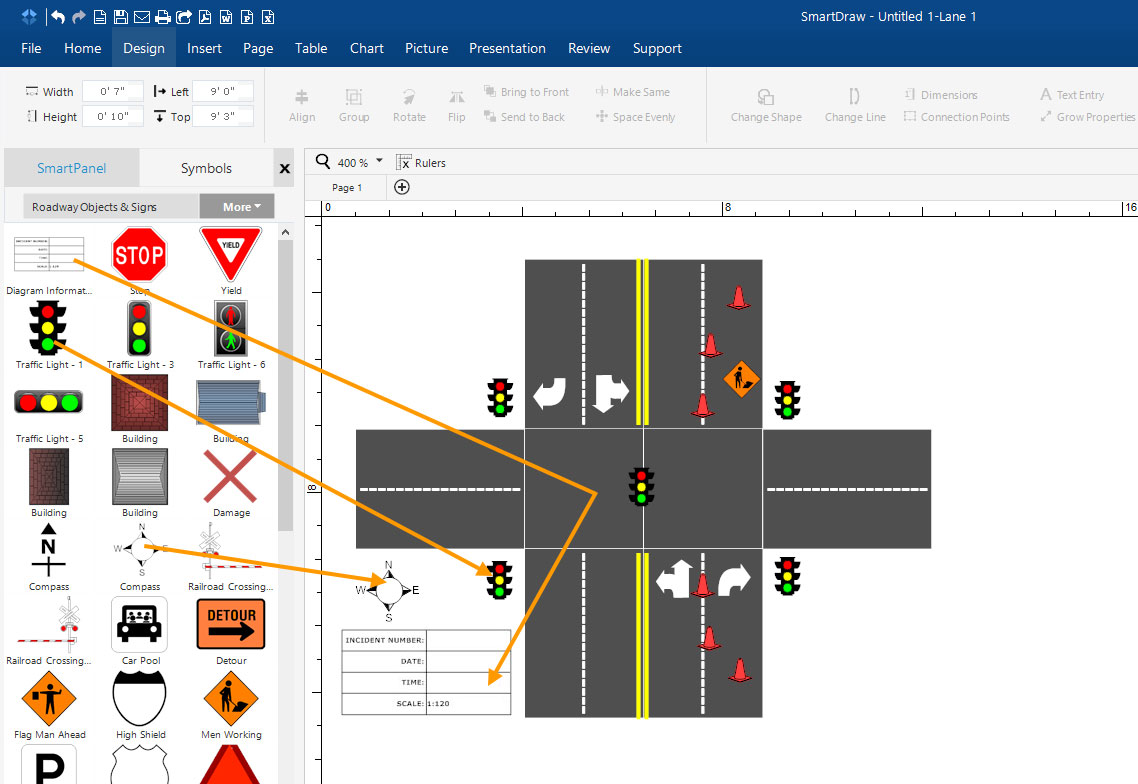Car Accident Simulation Program Free
Vehicle Interior and Restraint Modeling
Vehicle accident simulation free download. AirSim AirSim is an open-source, cross platform simulator for drones, cars and more vehicles, built on Unre. ADVISOR is a MATLAB/Simulink based simulation program for rapid analysis of the performance and fuel economy of light and heavy-duty vehicles with conventional. Rigs of Rods is a free. SUMO is a microscopic, multi-modal traffic simulation. Trafix is an animated, open source road traffic simulator which simulates cars, trucks and buses. The vehicles are animated and display using X windows. The code is written in C. Input road files are created graphically using Xfig. Would you volunteer to drive into a brick wall? Which is why computer simulations are crucial to auto safety.Software lets engineers run crash.
EDAG, Inc., developed a full vehicle finite element model (FEM) including a vehicle interior and occupant restraint systems for the driver and front-seat passenger. The resulting FEM represents a model year (MY) 2014 Honda Accord mid-size sedan. The vehicle FEM also includes test device for human occupant restraint (THOR) 50th percentile male frontal dummy models in the driver and front passenger seats. Simulation results using these dummies demonstrate the performance in left and right NHTSA oblique frontal crash tests. Occupant kinematics, belt loads, and injury criteria results are compared against the existing test results.

- Report (uploaded 05/2019)
- Oblique THOR Accord Model (zip file)
Integrated Seat Belt Model Development
NHTSA funded the development of a Finite Element Model (FEM) of seat with integrated seat belts from a recent model passenger vehicle. The FEM include static tests to evaluate 2019 Honda Odyssey second row seat deformation and potential failure mechanisms. It also includes dynamic tests with appropriate ATDs to evaluate occupant kinematics and injury in high-severity front and rear impact crashes. All test data along with seat tear down measurements and component testing, factored into the development and validation of the FE model.
Adjustable Sled Test Buck for Multiple Seating Configurations
NHTSA’s Vehicle Research & Test Center designed and fabricated a sled buck to allow for occupant biomechanical response evaluations in both traditional and non-traditional seating configurations. Testing with this sled buck has included rear-facing, reclined seating scenarios using a 2019 Honda Odyssey second row seat with integrated belts (the FE model of that seat is also posted on this page). The CAD files for this sled buck are being provided to the public so that modelers can simulate the locations of the external (head restraint and seat back) force measurements from NHTSA tests with both ATDs and post-mortem human subjects (PMHS). Using these buck files together with the seat model provides an accurate representation of the NHTSA test environment so that ATD or human body models can be evaluated in the same conditions.
Structural Countermeasure Research Program
The report by EDAG, Inc., describes necessary changes to a vehicle’s structure to reduce occupant compartment intrusion from NHTSA’s oblique offset frontal crash condition, using finite element simulations of vehicle models in NCAP frontal, IIHS moderate offset, and IIHS small overlap test conditions. The study considered structural reinforcement of driver and passenger sides of the vehicle for left- and right-side oblique offset impacts. The baseline simulation crash tests were performed on the 2014 Honda Accord and 2014 Silverado 1500.
- Report (uploaded 05/2019)
- CAE Model (zip file)
Additional information
- Chevrolet Silverado (uploaded 03/2017)
- 2014 Silverado model modified for reduced intrusion in NHTSA oblique offset test condition. Original development files
- Honda Accord (uploaded 03/2017)
- 2011 MY modified for reduced intrusion in IIHS small overlap test. Lightweight Vehicle Report
- Honda Accord
- 2011 MY. Details
CARB contracted Lotus Engineering Inc. to validate the safety of a low-mass vehicle body-in-white such as the crossover vehicle described in Lotus’ 2010 lightweight vehicle study, An Assessment of Mass Reduction Opportunities for a 2017-2020 Model Year Vehicle Program. The baseline, low option and high option FEA models were developed to support this study.
The following models were developed by George Washington University National Crash Analysis Center and used in support of several NHTSA programs.
- Toyota Yaris (2010)
- Cheverolet Silverado (2007)
- Dodge Caravan (1997)
- Ford Econoline (1999)
- Ford Explorer (2003)
- Ford F-250 (2006)
- Ford Taurus (2001)
- Dodge Neon (1996)
- Toyota Rav 4 (1997)
Cheverolet Silverado
Ford Explorer
Ford Taurus
Honda Accord
Toyota Venza
Toyota Yaris
1. Draw your diagram
Create a professional sketch with just a few mouse clicks out of a selection of vehicles, roads and traffic signs.
2. Open claims file
Attach your photos, documents, expert's report and other correspondence to AccidentSketch. Doing so, you have all the information collected at one spot, which you can access anytime, anywhere.

3. Allow access
Send your accident diagram including the photos of the vehicles and the scene of the accident to your lawyer, the other party or the insurance company. Invite them to have access to your documents on request.

Open your claims file
Car Crashing Simulator Game
Watch the video to see how it works.